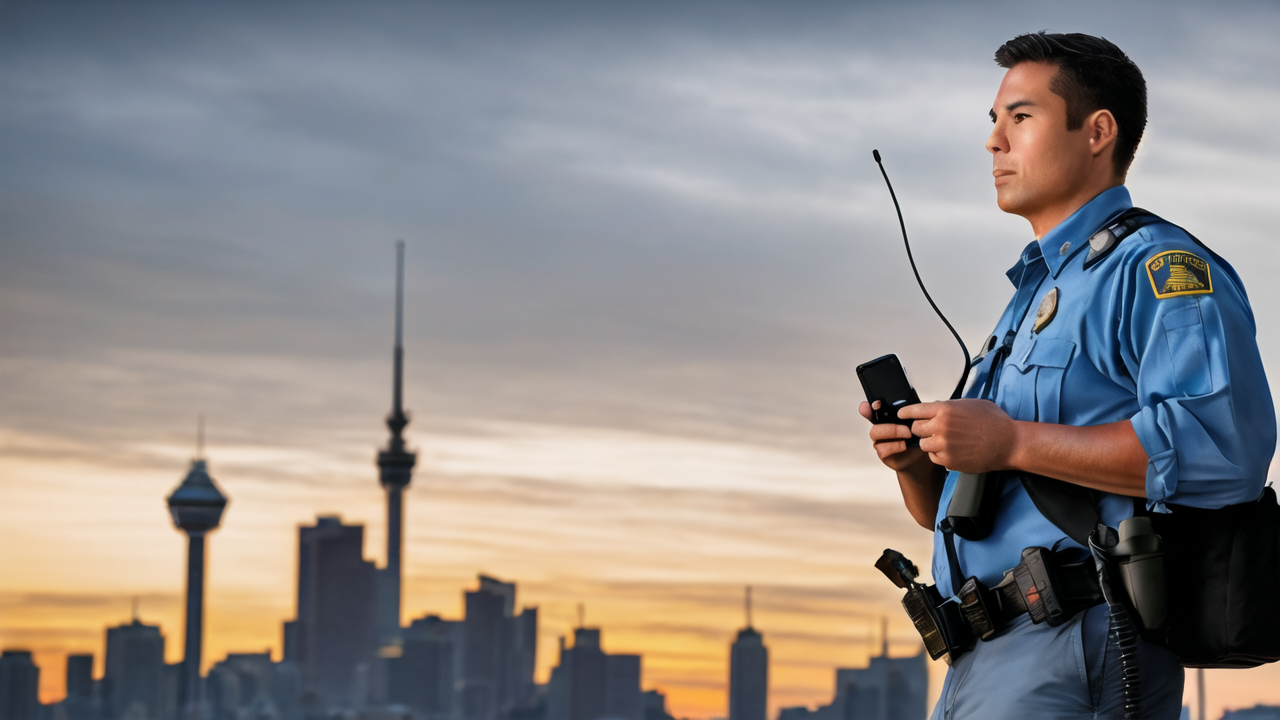The Evolution of Walkie-Talkies in Law Enforcement
History and Milestones in Police Communication Technology
Walkie-talkies have been a vital tool for police since the 1940s. They started as bulky devices with limited range. Over time, they became smaller and more powerful. Key milestones include the shift from analog to digital in the 1990s. This improved sound quality and security. In the 2000s, GPS integration allowed for better officer tracking. The 2010s saw the rise of encrypted communications. This protected sensitive information from eavesdropping. Today's walkie-talkies are compact, durable, and feature-rich. They form the backbone of police communications nationwide.

How Recent Technological Advancements Shape Law Enforcement
Modern walkie-talkies have transformed police work. They now offer crystal-clear audio, even in noisy environments. Many models are waterproof and shock-resistant. This ensures they work in all conditions. Advanced batteries provide longer talk time. Some units can last an entire shift without recharging. Integration with smartphones allows for seamless communication. Officers can now receive text messages and images on their devices. This helps them respond to situations more effectively. Real-time location sharing improves officer safety and resource allocation. These advancements have made police work more efficient and coordinated.
Comparing Past and Present Walkie-Talkie Usage in the Field
In the past, walkie-talkies were used mainly for voice calls. Officers had to memorize codes and keep communications brief. Channel congestion was a common issue. Today, digital systems allow for multiple conversations on a single channel. This reduces wait times and improves communication flow. Modern devices can prioritize emergency calls automatically. This ensures critical messages get through. In the past, range was limited to a few miles. Now, trunked radio systems provide coverage across entire cities. Integration with cellular networks extends range even further. These improvements have greatly enhanced field operations and officer coordination.
Enhancing Public Safety and Law Enforcement Effectiveness
The Role of Walkie-Talkies in Modern Police Strategies
Walkie-talkies play a crucial role in modern policing strategies. They enable rapid response to emergencies and coordinated actions. During large-scale events, they help manage crowd control efficiently. In hostage situations, they facilitate clear communication between negotiators and tactical teams. For everyday patrols, they allow officers to stay connected with dispatch. This improves response times and situational awareness. In community policing, officers use walkie-talkies to stay in touch with local partners. This builds trust and improves neighborhood safety. The devices are also vital for coordinating multi-agency responses to disasters or major incidents.

Innovative Features of Modern Walkie-Talkies and Their Benefits
Today's police walkie-talkies come with many innovative features. Some models have built-in cameras for evidence gathering. Others have noise-canceling technology for clear communication in loud environments. Many devices now have Bluetooth connectivity. This allows for hands-free operation, improving officer safety. Some units have man-down alerts. These automatically signal for help if an officer falls or is motionless. Encryption features protect sensitive information from interception. GPS tracking helps command centers monitor officer locations in real-time. These features enhance officer safety, improve coordination, and increase operational efficiency.
Integration with Other Law Enforcement Tools and Equipment
Modern walkie-talkies integrate seamlessly with other police equipment. They can connect to in-car computers, allowing for data sharing on the go. Some models link with body cameras, syncing audio with video footage. This is crucial for evidence collection. Integration with dispatch systems allows for automated status updates. Officers can signal their availability or request backup with a button press. Some walkie-talkies can connect to drones, enhancing aerial surveillance capabilities. They also integrate with mobile command centers during large operations. This connectivity creates a unified communication ecosystem for law enforcement.
Walkie-Talkie Technology and Its Challenges in the United States
Legal Considerations and Regulations Affecting Walkie-Talkie Use
The use of walkie-talkies in law enforcement is subject to various regulations. The FCC allocates specific frequencies for police use. This ensures minimal interference with other services. Encryption standards must comply with federal guidelines. This balances security needs with public transparency concerns. Some states have laws about recording conversations via walkie-talkies. Officers must be aware of these to avoid legal issues. There are also regulations about radio power output and range. These prevent interference with other critical services. As technology evolves, lawmakers continually update these regulations. This ensures the right balance between effective policing and privacy protection.

Overcoming Technological Barriers and Ensuring Interoperability
Interoperability remains a challenge for many police departments. Different agencies often use incompatible radio systems. This can hinder communication during multi-agency operations. To address this, many states are implementing shared radio networks. These allow seamless communication across jurisdictions. Another challenge is integrating new technology with legacy systems. Many departments are adopting software-defined radios. These can be updated easily to work with both old and new systems. Cybersecurity is also a growing concern. Departments must protect their networks from hacking and interference. Regular training helps officers adapt to new technologies and protocols.
Future Outlook: Trends and Predictions in Law Enforcement Technology
The future of police communication technology looks promising. We may see more integration with artificial intelligence. This could help prioritize calls and predict potential incidents. Augmented reality displays might be incorporated into walkie-talkies. This would allow officers to receive visual information hands-free. 5G networks could revolutionize data transmission speeds. This would enable real-time video streaming and faster information sharing. We might also see more wearable communication devices. These could be integrated into uniforms for greater convenience. As smart cities develop, police communication systems may become more interconnected with urban infrastructure. This could improve response times and situational awareness even further.





